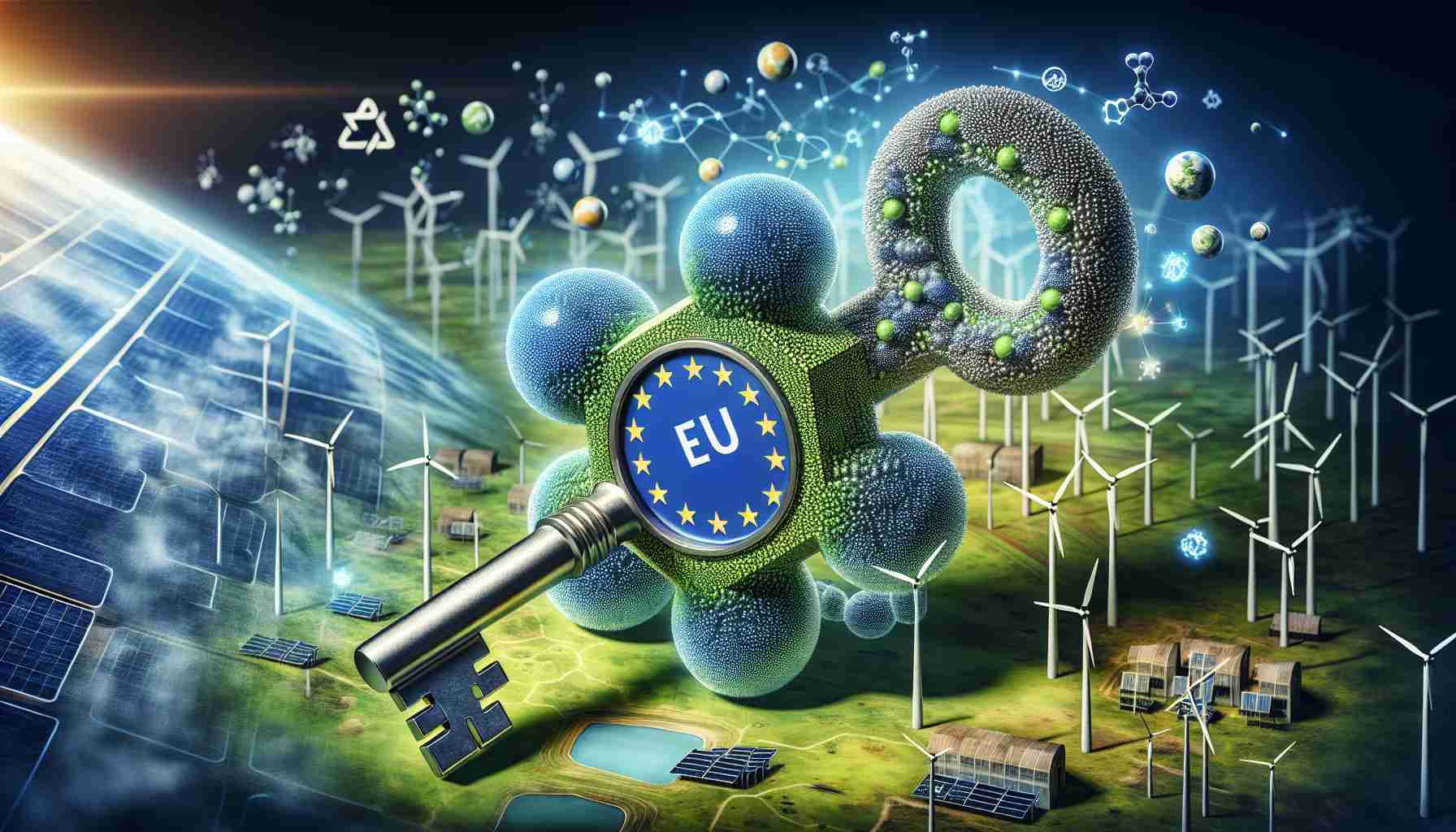- The EU is poised for a hydrogen revolution, essential for economic competitiveness and energy resilience.
- Direct electrification is primary, but renewable hydrogen supports sectors that need alternatives beyond electrification.
- A strategic plan for hydrogen deployment is critical to align infrastructure with market demands and sector priorities.
- Holistic planning will integrate hydrogen with evolving electricity and fossil gas systems, optimizing resource allocation.
- Defining renewable and low-carbon hydrogen standards enhances market clarity and supports decarbonization efforts.
- Investments should be focused on key sectors like steel and chemicals for effective energy transition and sustainable growth.
- The hydrogen economy is pivotal for achieving a cleaner and prosperous future in Europe.
As Europe grapples with soaring energy prices and the tumult of fossil fuel markets, a revolution is unfolding. The EU is on the brink of a hydrogen breakthrough that promises not only resilience but also a competitive edge in the global economy. Direct electrification will lead the charge, but renewable hydrogen has emerged as a crucial ally for sectors that traditional electrification can’t fully energize.
Despite ambitious goals, the EU’s current strategies overlook a comprehensive approach to hydrogen deployment, missing opportunities that could reshape the economy. To harness the full potential of hydrogen, a strategic plan is vital. The EU must outline key sectors where hydrogen can shine, ensuring infrastructure is aligned with real market needs. This means establishing clear priorities for hydrogen use, guiding member states to refine their national strategies based on accurate demand projections.
A holistic planning framework is also essential. By integrating hydrogen into energy systems that evolve alongside electricity and fossil gas needs, the EU can strategically allocate resources and avoid costly missteps. Collaborating with independent climate bodies will bolster these efforts, ensuring alignment with broader energy and climate goals.
Moreover, defining renewable and low-carbon hydrogen with robust standards is essential. Clear definitions empower market stakeholders and maximize decarbonization benefits, allowing industries to thrive while contributing to the EU’s sustainability objectives.
Amidst this transition, the message is clear: focus hydrogen investments where they are critically needed. Prioritizing its application in sectors like steel making and chemical production will not only streamline the energy transition but also safeguard investment and environmentally conscious growth. The time to act is now—the hydrogen economy is the gateway to a cleaner, prosperous future.
Hydrogen Economy: The Future of Energy and Industry in Europe
Overview of the Hydrogen Revolution in Europe
As Europe faces unprecedented energy challenges, including dramatic price increases and volatility in fossil fuel markets, it stands on the cusp of a significant transformation known as the hydrogen revolution. With direct electrification paving the way, renewable hydrogen is gaining recognition as a vital partner for industries that conventional electrification may not fully energize. However, the European Union’s current hydrogen deployment strategies have notable gaps that must be addressed for the continent to fully harness hydrogen’s potential.
New Insights on Hydrogen Deployment
Recent developments emphasize the need for a multi-faceted approach to hydrogen in the EU. Here are several new insights into the hydrogen landscape impacting Europe’s energy future:
1. Market Forecasts: According to studies, the global hydrogen market could reach $2.5 trillion by 2050, with Europe playing a crucial role as a leader in hydrogen technology and production.
2. Comparisons of Hydrogen Types: Renewable hydrogen, produced via electrolysis using renewable energy, is contrasted with gray hydrogen, which is derived from fossil fuels. The former is expected to see a price drop of 30% by 2030, making it more competitive.
3. Sustainability Goals: The EU’s Green Deal emphasizes hydrogen as a key component in achieving carbon neutrality by 2050, making its sustainable production and use a priority for member states.
Key Questions About Hydrogen in Europe
# 1. What are the primary sectors that will benefit from hydrogen use?
Hydrogen is particularly beneficial in sectors such as steel manufacturing, chemical production, transportation, and heavy industry, where electrification may not suffice. Its versatility allows it to serve as both a fuel and a feedstock, thus playing a vital role in decarbonizing these industries.
# 2. How can the EU improve its hydrogen strategies?
The EU could enhance its hydrogen strategies by establishing a comprehensive framework that includes clear definitions of renewable and low-carbon hydrogen, targeting specific sectors for investment, and encouraging collaboration among member states to align national strategies with EU-wide objectives.
# 3. What innovations are emerging in hydrogen technology?
Recent innovations include advancements in electrolysis technology, which improve the efficiency and decrease the costs of producing renewable hydrogen. Additionally, new methods of hydrogen storage and distribution are being developed to make the hydrogen economy more viable.
Conclusion: The Path Forward
To realize the potential of the hydrogen economy, the EU must take proactive steps in strategic planning, clear definition of standards, and investment prioritization. Focusing on critical applications in major industrial sectors will not only facilitate a smoother energy transition but will also contribute to sustainable economic growth.
For more insights into the evolving energy landscape in Europe, visit EU Energy.


